A New Horizon for Lung Cancer: FDA Approves Rybrevant as First-line Therapy
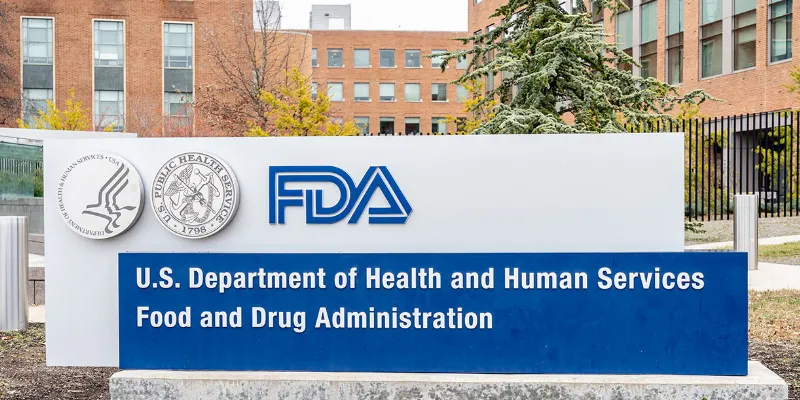
2 March 2024
The FDA has approved Rybrevant plus chemotherapy as the first-line treatment for NSCLC with EGFR exon 20 insertion mutations, marking a significant advancement in lung cancer care. This approval is based on the Phase 3 PAPILLON study, demonstrating a 61 percent substantial reduction in disease progression or death.
In a pivotal development for lung cancer treatment, the U.S. Food and Drug Administration (FDA) has granted full approval to Rybrevant® (amivantamab-vmjw) in combination with chemotherapy as the first-line treatment for patients with non-small cell lung cancer (NSCLC) harboring epidermal growth factor receptor (EGFR) exon 20 insertion mutations. This approval, announced by Janssen Biotech, a Johnson & Johnson company, signifies a major leap forward in the treatment of a particularly challenging form of lung cancer, offering new hope to patients.
The FDA's decision was influenced by the compelling results of the Phase 3 PAPILLON study, which showcased Rybrevant® plus chemotherapy's remarkable efficacy. The study demonstrated a 61 percent reduction in the risk of disease progression or death when compared to chemotherapy alone. This breakthrough therapy also showed significant improvement in progression-free survival (PFS) and objective response rate (ORR), marking it as a potential standard-of-care for this patient population.
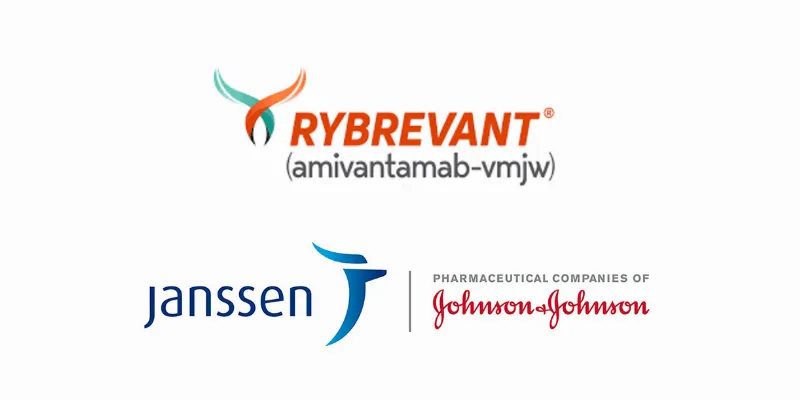
"The results observed in the PAPILLON study showed significant improvement in progression-free survival, supporting the use of this regimen as the potential standard-of-care in the first-line treatment of these patients," said Dr. Joshua K. Sabari, an oncologist at NYU and study investigator.
NSCLC represents the majority of lung cancer cases, comprising 80 to 85 percent of diagnoses. The disease is often characterized by mutations in the EGFR gene, with exon 20 insertion mutations being among the more difficult to treat effectively. Until now, patients with these mutations had limited treatment options, with poor responses.
Marcia Horn, Executive Director of the Exon 20 Group and CEO of ICAN, International Cancer Advocacy Network, expressed her enthusiasm for the approval: “This new regimen is a major advance over chemotherapy alone. We've seen first-hand the extended survival that Exon 20 Group patients experienced on RYBREVANT plus chemotherapy in the PAPILLON study, and we're delighted that this historic treatment option, which specifically targets the EGFR exon 20 insertion mutation, has been approved.”
In addition to its efficacy, the treatment was evaluated for safety, with the most common adverse reactions being rash, nail toxicity, stomatitis, infusion-related reaction, fatigue, edema, constipation, decreased appetite, nausea, COVID-19, diarrhea, and vomiting. The comprehensive assessment of both efficacy and safety profiles underscores the FDA's commitment to ensuring that new therapies not only extend life but also maintain quality of life for patients.
The approval of RYBREVANT® plus chemotherapy represents a paradigm shift in the treatment of NSCLC with EGFR exon 20 insertion mutations. By offering a targeted therapeutic approach, this regimen sets a new standard in care, potentially transforming treatment outcomes for patients with this challenging genetic mutation.
PAPILLON study
PAPILLON (NCT04538664) is a randomized, open-label Phase 3 study evaluating the efficacy and safety of RYBREVANT® in combination with chemotherapy, compared with chemotherapy alone, in newly diagnosed patients with advanced or metastatic NSCLC characterized by EGFR exon 20 insertion mutations. The major efficacy outcome measure was progression-free survival (PFS), assessed by blinded independent central review (BICR), with overall survival (OS) as a key secondary outcome measure. Amivantamab-vmjw combined with carboplatin and pemetrexed showed a statistically significant improvement in PFS compared to carboplatin and pemetrexed alone, with a hazard ratio of 0.40 (95% CI: 0.30, 0.53; p-value < 0.0001). The median PFS was 11.4 months (95% CI: 9.8, 13.7) for the combination therapy arm, versus 6.7 months (95% CI: 5.6, 7.3) for the chemotherapy-alone arm. While OS results were immature at the time of this analysis, with 44% of pre-specified deaths for the final analysis reported, no trend towards detriment was observed.


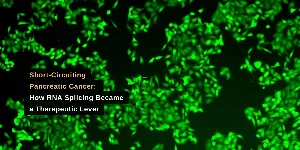

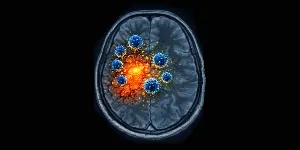
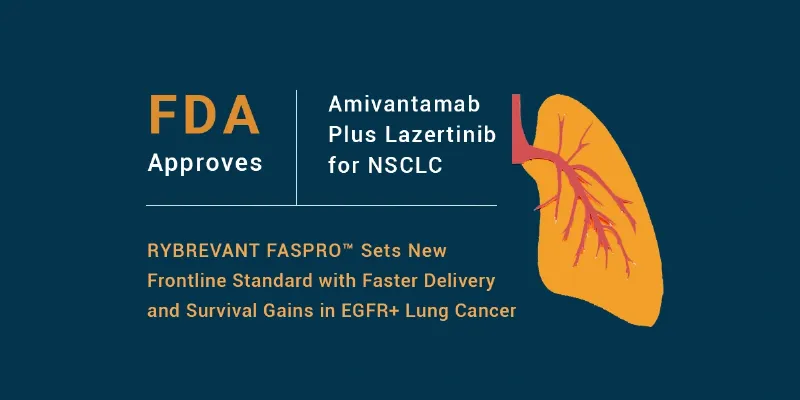
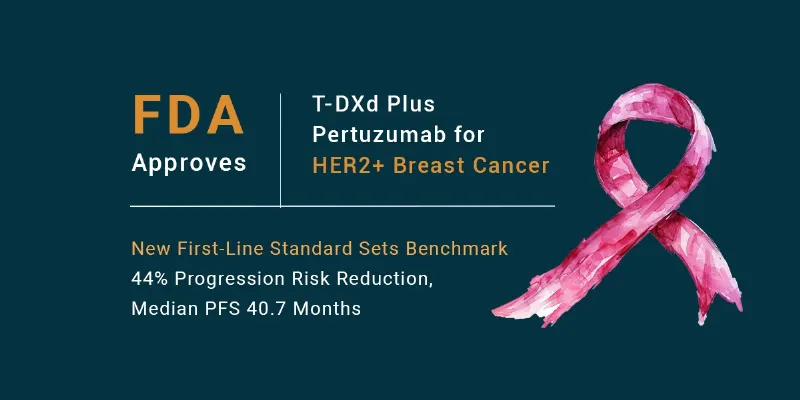

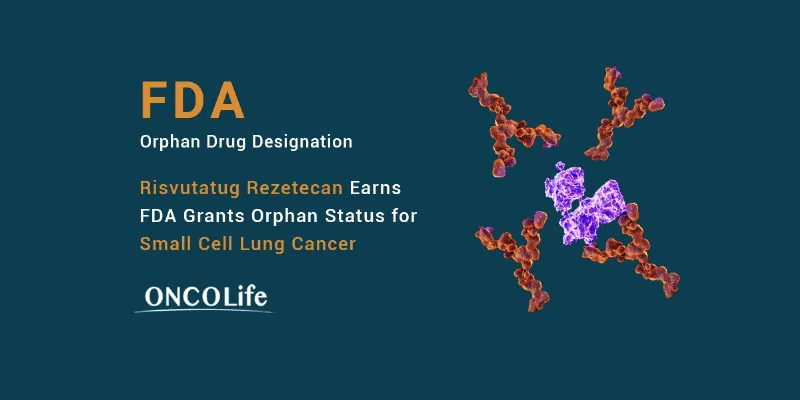
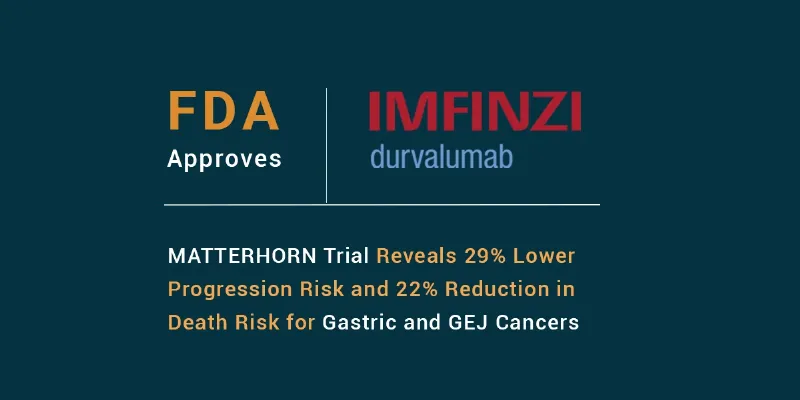

Comments
No Comments Yet!